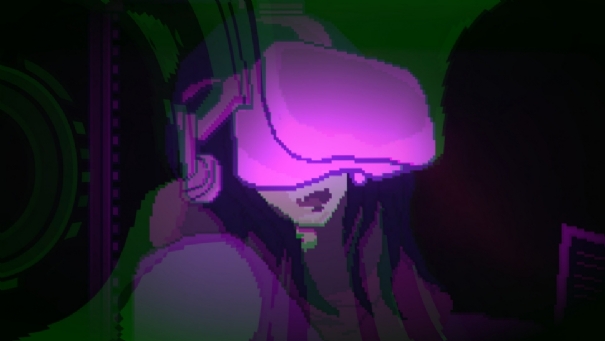We leave the resignation of reality and enter into the hope of the impossible, which through narrative always offers us a way of escape from the death of June, but at the same time does not give us the joy we are looking for each time.
A feeling that the gameplay manages to transmit well because developing into the forms of some puzzles leads us to change the destiny of the other comprimars, all bound together by one another. A kid, a hunter, a girl in love but not reciprocating and an old man, are the puppets of this show . Control is ours, but as each living different lives we will have to play a bit with them to understand where we can move them into their adventure, but above all, we will have to learn how to guide them more closely at the same time to live together with their needs.
A system that does not stop at the first attempt, which repeats itself according to the same structure, but never equal to itself, want because we have been able to change something in history, because we have changed a bit. One’s choices become the consequences of the other, Carl’s world is no longer a certainty, past memories or hopes of the future enlighten him, but he never ceases to win and continues to take the parts of these characters , through the June paintings.
Perhaps the most interesting peculiarity is that during our reliving the stories of others, any change in the small country we live in remains common to everyone, emphasize that hope that was written before, especially in the eyes of the player .
Characters from simple complications of a tragic destiny take on a much more important salvific role, develop their past history through memories, inserted into the game as collectable, and live their own personal story, which finds fulfillment beyond reach of the lens that guides our actions.
While developing a nonlinear direction to the adventure, you will not be scared the sea of possible alternatives where we will be sailing.
This is because each character can alternatively experience stories that can lead to a maximum (as seen in the test) of three different finals per character represented by the respective cards.
A combination of conditions leads to a final, and every time we want to change it, we must revive and change the destiny of that person. Luckily after we’ve completed a final, we only need to repeat the “diversifying” actions at the juncture, so we do not have to always have to live the whole scene.
We would have preferred to skip some cutscenes, since at some point having seen her too many times, they slowed down the growing pace of the final stages of the demo: those that accompanied our greatest awareness of events and mechanics. It is a minor problem if we consider the environments’ beauty, the realization of the same, and the art-design that pins a fading picture on the screen and transforms the story, but not written (in the absence of texts) in emotion.


